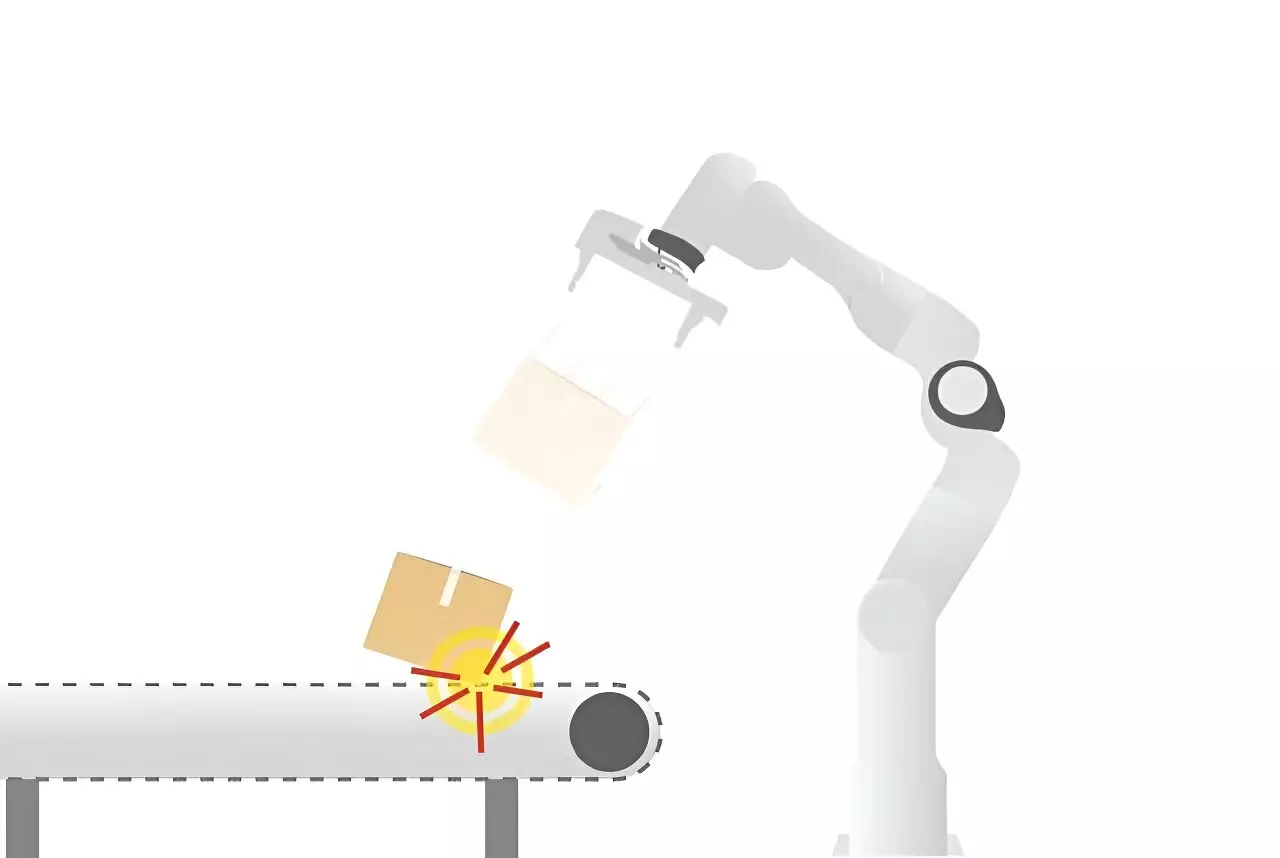The integration of robots into various industries has become commonplace, particularly in sectors like automotive manufacturing. Yet, the quest for more versatile and adaptive robotic systems is a work-in-progress. As robotics technology advances, new application domains, such as logistics and even space exploration, are emerging. However, current robotic systems still exhibit vast limitations, particularly their reliance on repetitive tasks and rigid action sequences. To push the boundaries of what robots can achieve, researchers are striving to develop machines that can mirror human-like skills—offering fast physical interactions, spatial awareness, and the capacity to adapt to rapid environmental changes.
Alessandro Saccon, an Associate Professor at Eindhoven University of Technology, recently concluded a significant project known as I.AM. The core objective of this endeavor was to enhance robots’ capabilities in executing fast physical interactions—a venture that holds promise for numerous real-world applications. For specific high-risk jobs, such as handling heavy luggage in airports or operating in hazardous environments like nuclear plants, deploying robots can offer safety and ergonomic advantages. Moreover, they can be essential in emergency situations or planetary explorations where human presence is limited or risky.
Despite these potential advantages, traditional robots are fundamentally designed for static interaction with their environments. Their inability to make quick, dynamic contacts often results in slower execution times for critical tasks. Therefore, Saccon’s team concentrated on developing impact-aware robots that can adeptly predict and react to sudden contacts with heavy objects—something not typically achieved in conventional robotic systems.
One of the most intriguing aspects of the I.AM project is its paradigm shift from traditional collision avoidance strategies to what is termed “collision exploitation.” This innovative approach focuses on how robots can effectively manage high-impact tasks, such as swiftly picking up heavy objects while maintaining reliability amid disturbances. Scientific literature predominantly focuses on how to avoid collisions; however, Saccon’s research sought to understand how to exploit the physics of impact for functional advantage.
The primary concern in quick interactions is accurately grasping the weight and position of the object involved. Robots must address variables such as discrepancies in weight estimations and spatial errors—often occurring even within a few centimeters. By utilizing first-principle physics calculations and real-time simulations, the research team sought to bridge the gap between mathematical models and real-world scenarios. This thorough iterative process involved developing theoretical control algorithms, testing them in simulations, and validating them against physical tests, which elevated the understanding of dynamic robot behavior.
Through this project, Saccon noted the complexity of human movements and spatial perception. While humans execute these actions seamlessly, replicating such innate abilities within machines poses significant challenges. The ongoing work in hardware development, planning, and spatial awareness is vital to creating robots that can adapt to their environments quickly and effectively, even under unfavorable conditions.
This ambition aligns with broader industry objectives. For example, VanderLande, a logistic automation specialist and project collaborator, provided critical insights into market needs and challenges. Such real-world applications bolster the relevance of academic research, underscoring the importance of industry partnerships for advancing robotics. Working from a shared facility at the TU/e campus allowed for collaborative testing and innovative experiments to flourish.
The Netherlands has long held a reputation as a leader in various fields of robotics, from medical applications to mobile systems. The I.AM project signifies a substantial contribution toward impact-aware robotics—an emerging research domain burgeoning with potential. The recognition garnered by this initiative highlights the Netherlands’ position on the global stage concerning robotics innovation.
The outcomes of the I.AM project have laid a foundation for further exploration, encompassing fast planning and adaptive perception. Saccon’s ongoing collaboration with national and European entities reveals a commitment to addressing areas that remain unexamined. The success of the project continues to inspire students, many of whom have transitioned into partnerships with technology firms, reflecting a flourishing ecosystem of talent and innovation.
The path forward for impact-aware robotics is rife with both challenges and opportunities. The project’s success has not only established a heightened visibility in the field but has also initiated discussions about future research directions. As Saccon and his team continue to delve into the complexities of machine intelligence and interaction dynamics, the hope for creating robots that operate with the same fluidity as humans is becoming increasingly tangible. The journey from concept to application is expansive, yet the intersection of academic inquiry and practical implementation is the key to unlocking the next frontier in robotics.

